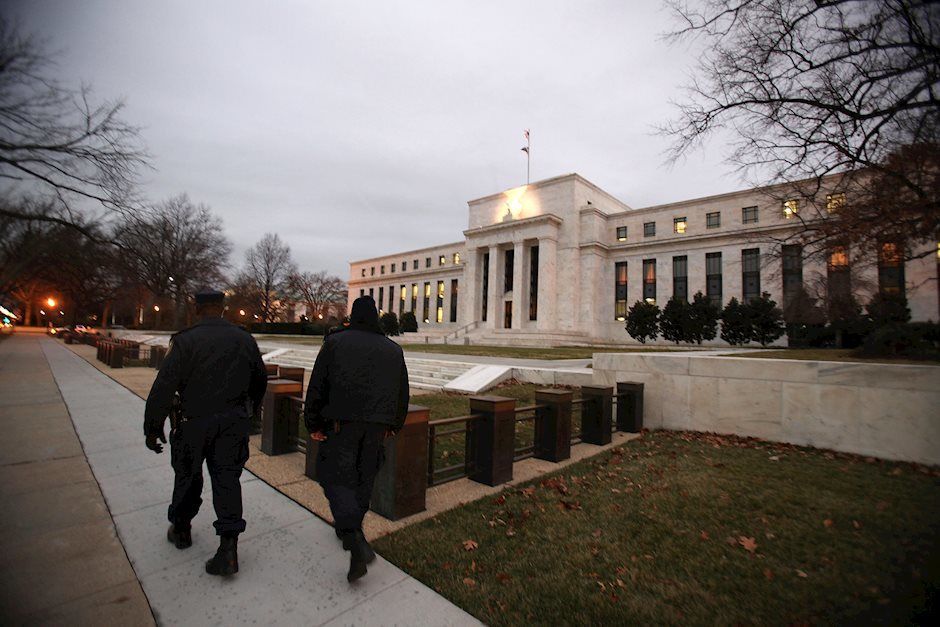Forex Today: US Dollar backs off as sentiment tilts higher with US data over the horizon

Here is what you need to know on Monday, June 24:
The US Dollar (USD) extended Monday declines through the US market session, easing back as investor confidence continues to pin higher at the outset of a fresh trading week. Key US data looms ahead later in the week with a revision to first-quarter US Gross Domestic Product (GDP) growth on Thursday, with updated Personal Consumption Expenditure (PCE) Price Index inflation slated for Friday.
Tuesday will drop the latest Canadian Consumer Price Index (CPI) inflation figures on CAD traders, forecast to cool slightly for the year through May, while Australia’s CPI for the year ended in May is expected to tick upwards slightly. Australia’s Monthly CPI inflation is slated to print early Wednesday.
This week, an otherwise moderate release schedule leaves investors to drift as key data loads into the barrel for Friday. Japan’s Tokyo CPI inflation preview will kick off Friday’s upcoming data splurge, followed by German Retail Sales, UK GDP, and US PCE inflation, rounding out the capstone on the week’s economic calendar.
US Dollar PRICE Today
The table below shows the percentage change of US Dollar (USD) against listed major currencies today. US Dollar was the strongest against the Japanese Yen.
| USD | EUR | GBP | JPY | CAD | AUD | NZD | CHF | |
|---|---|---|---|---|---|---|---|---|
| USD | -0.41% | -0.35% | -0.10% | -0.27% | -0.26% | -0.15% | -0.10% | |
| EUR | 0.41% | 0.08% | 0.38% | 0.19% | 0.16% | 0.31% | 0.38% | |
| GBP | 0.35% | -0.08% | 0.24% | 0.11% | 0.08% | 0.23% | 0.30% | |
| JPY | 0.10% | -0.38% | -0.24% | -0.17% | -0.13% | 0.00% | -0.01% | |
| CAD | 0.27% | -0.19% | -0.11% | 0.17% | 0.01% | 0.12% | 0.19% | |
| AUD | 0.26% | -0.16% | -0.08% | 0.13% | -0.01% | 0.14% | 0.21% | |
| NZD | 0.15% | -0.31% | -0.23% | -0.00% | -0.12% | -0.14% | 0.07% | |
| CHF | 0.10% | -0.38% | -0.30% | 0.00% | -0.19% | -0.21% | -0.07% |
The heat map shows percentage changes of major currencies against each other. The base currency is picked from the left column, while the quote currency is picked from the top row. For example, if you pick the US Dollar from the left column and move along the horizontal line to the Japanese Yen, the percentage change displayed in the box will represent USD (base)/JPY (quote).
EUR/USD held steady in the US market session on Monday, drifting around technical levels near 1.0740 as a broad-market Greenback selloff helped Euro traders to fend off a broad miss in German sentiment surveys that dropped earlier in the day.
GBP/USD likewise stuck to its guns near 1.2690 as bullish Cable bets remained pinned on the high side, but couldn’t stretch to make a break above the 1.2700 handle. The UK is broadly absent from the economic calendar this week, with mostly mid- to low-tier data on the offering as GBP traders wait for Friday’s UK GDP print for the first quarter.
Fed FAQs
Monetary policy in the US is shaped by the Federal Reserve (Fed). The Fed has two mandates: to achieve price stability and foster full employment. Its primary tool to achieve these goals is by adjusting interest rates. When prices are rising too quickly and inflation is above the Fed’s 2% target, it raises interest rates, increasing borrowing costs throughout the economy. This results in a stronger US Dollar (USD) as it makes the US a more attractive place for international investors to park their money. When inflation falls below 2% or the Unemployment Rate is too high, the Fed may lower interest rates to encourage borrowing, which weighs on the Greenback.
The Federal Reserve (Fed) holds eight policy meetings a year, where the Federal Open Market Committee (FOMC) assesses economic conditions and makes monetary policy decisions. The FOMC is attended by twelve Fed officials – the seven members of the Board of Governors, the president of the Federal Reserve Bank of New York, and four of the remaining eleven regional Reserve Bank presidents, who serve one-year terms on a rotating basis.
In extreme situations, the Federal Reserve may resort to a policy named Quantitative Easing (QE). QE is the process by which the Fed substantially increases the flow of credit in a stuck financial system. It is a non-standard policy measure used during crises or when inflation is extremely low. It was the Fed’s weapon of choice during the Great Financial Crisis in 2008. It involves the Fed printing more Dollars and using them to buy high grade bonds from financial institutions. QE usually weakens the US Dollar.
Quantitative tightening (QT) is the reverse process of QE, whereby the Federal Reserve stops buying bonds from financial institutions and does not reinvest the principal from the bonds it holds maturing, to purchase new bonds. It is usually positive for the value of the US Dollar.
Author

Joshua Gibson
FXStreet
Joshua joins the FXStreet team as an Economics and Finance double major from Vancouver Island University with twelve years' experience as an independent trader focusing on technical analysis.

















